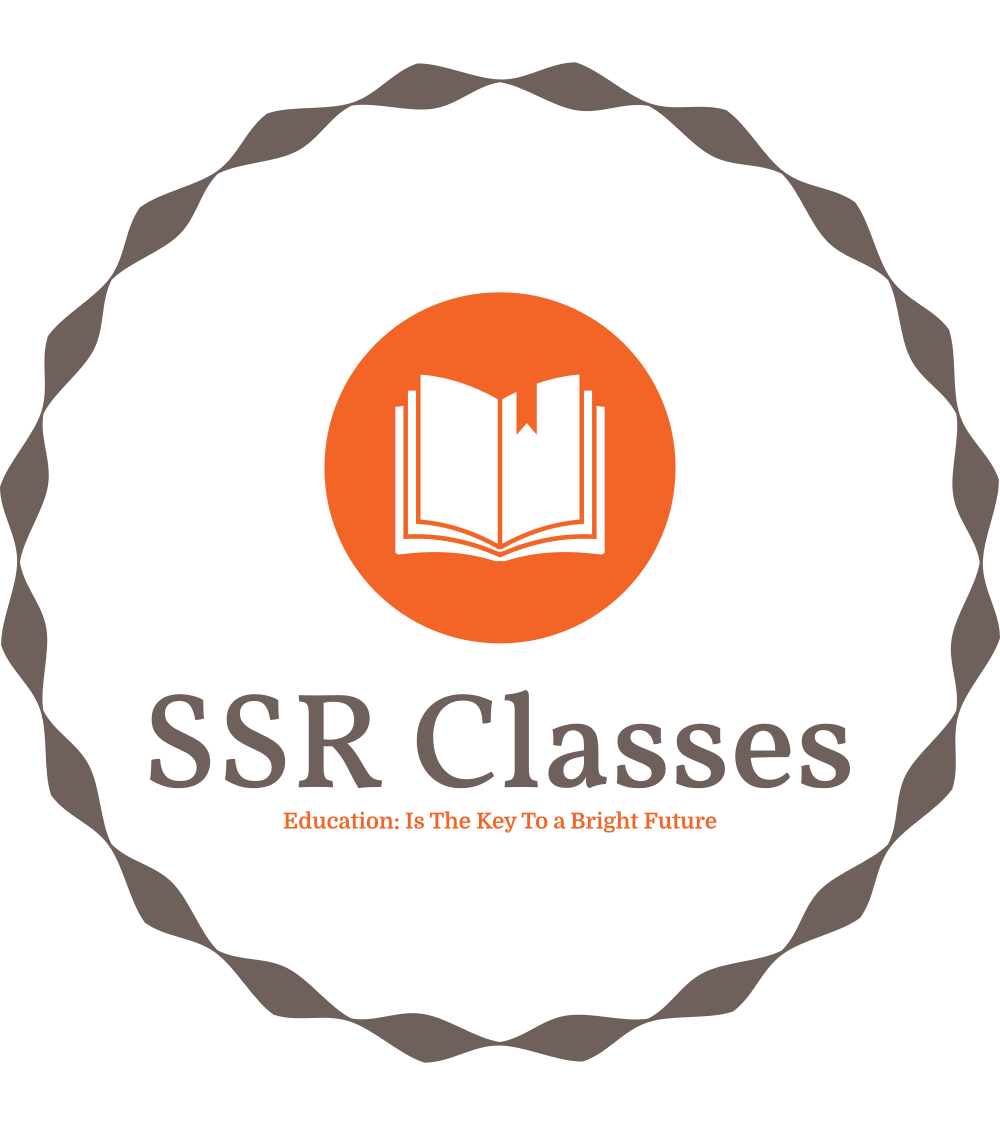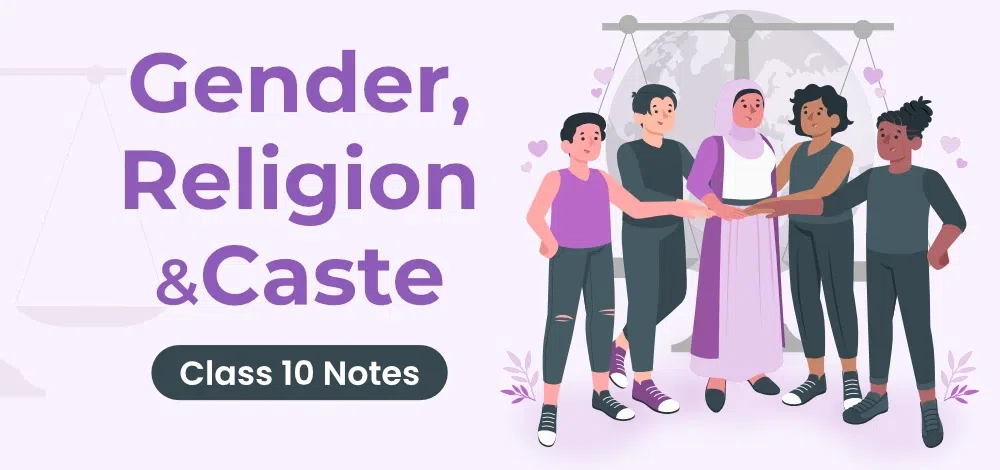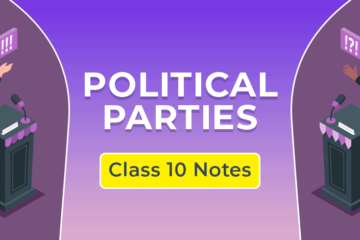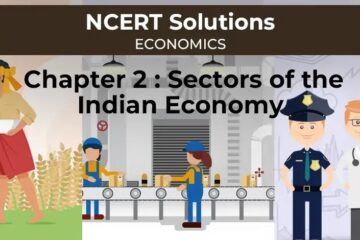DEMOCRATIC POLITICS
Ch. 4 Gender, Religion and Caste
Glossary:
Sexual Division of Labour: A system in which all work inside the home is either done by the women of the family or organized by them through the domestic helpers.
Feminist: A woman or a man who believes in equal rights and opportunities for women and men.
Patriarchy: This is a concept that refers to a system that values men more and gives them power over women.
Child sex ratio: The child sex ratio is the number of females per thousand males in the age group 0-6.
Family Laws: These are laws that deal with matters such as marriage, divorce, adoption, and inheritance. In our country, different family laws apply to followers of different religions.
Urbanization: Shift of population from rural to urban areas.
Occupational mobility: Shift from one occupation to another, usually when a new generation takes up occupations other than those practiced by their ancestors.
Caste hierarchy: A ladder-like formation in which all the caste groups are placed from the highest to the lowest castes.
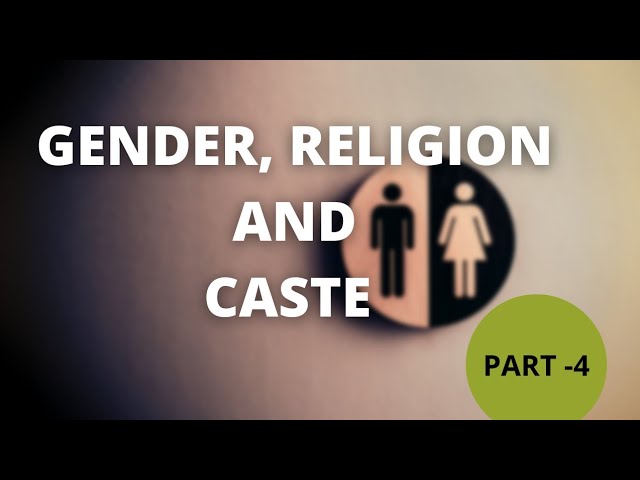
GENDER AND POLITICS:
• Gender division is a form of hierarchical division that is understood as natural and unchangeable, not based on biology but on social expectations and stereotypes.
• Sexual Division of Labour is women doing household chores which usually go unpaid and men do all the work which is outside the home and get paid for it.
• The result of the Sexual division of Labour is that women constitute almost half of the world population but their role in public life is minimal or negligible as compared to men.
• Women’s role in public life gradually changed because of the gender issue being raised in politics, and agitations for equal rights by women around the world.
• Feminist movements called for more radical steps by women organizations aimed at equality in personal as well as family life, which resulted in more representation of women in fields such as doctors, engineers, scientists, lawyers, and managers which in the past were roles not suitable for women.
• In Scandinavian countries such as Sweden, Norway, and Finland, the participation of women in public life is very high.
• India is still a male-dominated, patriarchal society in which women are facing disadvantage, discrimination, and oppression in various ways.
• Literacy Rate in India among women is 54% and men is 76%.
• The Equal Remuneration Act, of 1976 provided a way for women to get equal wages paid to equal amounts of work, but due to a lack of enforceability and awareness, women still get paid less than men.
• Due to the conservative mindset of the population in India and preference for male child over girl child, sex-selective illegal abortions of girl children leads to a decline in the child sex ratio to merely 919 per 1000 male child and even fallen below 800 in some states in India.
WOMEN’S POLITICAL REPRESENTATION:
• Harassment, exploitation, and violence against women and the underrepresentation of women in politics can be curbed by having more women as elected representatives so that the social menace of domestic violence or violence of any kind against women will get adequate attention.
• For the first time in the history of India, the percentage of women Lok Sabha members has touched 14.36% of the total members, but their share in the state assemblies is still less than 5%.
• In India to legally curb this problem, it was mandatory to have 1/3rd of seats reserved for women in the Panchayati Raj system i.e., in the local government bodies such as the panchayats and municipalities, which resulted in having more than 10 lakh elected women representations in rural and urban local bodies.
• This similar kind of reservation is being demanded by the women’s organizations and activists for the Lok Sabha and the State assemblies for which a bill has been pending before the parliament for more than a decade, but due to lack of consensus the bill is yet to be passed.
• Gender Division is a form of Social division that needs to be expressed in politics through which disadvantaged groups benefit when they become political issues.
RELIGION, COMMUNALISM AND POLITICS
• Religion: In this topic, a different kind of social division is to be studied, and that is a division based on religious differences which can be elaborated as follows:
i. In the words of Gandhiji, religion can never be separated from politics, meaning thereby that politics must be guided by ethics drawn from religion.
ii. A study by several human rights groups suggests that victims of communal riots are people from a religious minority, and the government should act to safeguard the interests of religious minorities.
iii. Women activists and several movements by these groups have suggested that ‘Family Laws or Personal Laws’ discriminate against women and government should make them more equitable by bringing laws such as the abolition of triple talaq which is being enforced as of now and to bring about universal code of conduct (UCC).
iv. The above-mentioned political acts are not wrong as long as they treat every religion equally.
• Communalism: a strong sense of loyalty to the interests of one particular group (religious, ethnic, etc.) rather than to society as a whole which can lead to extreme behavior or violence towards others is Communalism.
• The problem of communalism becomes more intense and acute when religion is expressed in politics in exclusive and partisan terms, i.e., when one religion and its followers are pitted against each other.
• Communalism spreads when beliefs of one religion are presented as superior to those of other religions or when the demands of one religious group are formed in opposition to another and to top it all “the state power (government) is used to establish domination of one religious group over the rest, also known as communal politics.
• Communal politics relies on the idea that religion is the principal basis of social community.
• Communal politics also suggests that people who follow different religions cannot belong to the same social community and their interests are bound to be different and involve a conflict in its extreme form communalism leads to differences in the form of equality as people belonging to different religions cannot live as equal citizens within one nation.
• Various forms of communalism:
i. Communalism in everyday beliefs, which involve religious prejudices, stereotypes of religious communities, and the belief of superiority over other religions.
ii. Quest for political dominance of one’s religious community (majoritarian dominance), and for minorities to form separate political units.
iii. Political mobilization on religious lines which involves the use of sacred symbols, religious leaders, or emotional appeal to instill fear to bring the followers of one religion together.
iv. Communal violence, riots, and massacre.
• Secular State: the makers of the constitution were well aware of the idea of communalism in India and to keep communal violence or communal politics in check they chose the model of a secular state.
• India has no official religion unlike Sri Lanka, Pakistan and thus our constitution does not give a special status to any religion.
• The Constitution provides freedom to profess, practice, and propagate any religion or not to follow any.
• The Constitution prohibits discrimination on grounds of religion and, at the same time allows the state to intervene to ensure equality within religious communities.
• Secularism is not an ideology of some or any political parties, this idea constitutes one of the foundation pillars of our country and communalism is a threat to the very idea of India.
CASTE AND POLITICS:
• Caste Inequalities: The two instances of social divisions which are Gender (positive) and Communalism(negative) are seen earlier and the third aspect of social division which is both positive and negative is Caste.
• Caste Inequalities: All societies have some form of social inequalities and some form of division of labour where one occupation is passed on from one generation to another, and a caste system is an extreme form of this division.
• In India hereditary occupational divisions were sanctioned by rituals, whereby members of the same caste were supposed to form a community, marry within the community, and not eat with members from other castes.
• To abolish the practice of untouchability and discrimination based on caste, leaders like Jyotiba Phule, Gandhiji, and B.R. Ambedkar worked on the idea to establish a society in which caste inequalities are absent, and resulted in great changes because of Urbanization, growth of literacy and education, Occupational Mobility and breaking down Caste Hierarchy.
• Caste in Politics: As communalism, casteism is rooted in the belief that caste is the sole basis is social community.
• The various forms of caste in politics are as follows:
i. When governments are formed, political parties usually take care that representatives of different castes and tribes find a place in it.
ii. When selecting candidates for elections, political parties keep in mind the caste composition of the electorate to muster the necessary support to win the elections.
iii. Political parties make appeals to caste sentiments to muster support.
iv. The universal adult franchise i.e., one person one vote is a compelling reason for political parties to mobilize and secure political support from people who were seen to be inferior and low.
• While it may seem like elections are all about caste politics, there isn’t a single constituency in India that has a clear majority from a single caste, so every candidate and party needs to win the confidence of more than one caste and community.
• The ruling party the sitting MP or the MLA keeps changing every five years when fresh elections take place.
• Politics in Caste: It is not politics that gets caste-ridden, but it is the caste that gets politicized.
• Each caste group tries to incorporate within its neighboring castes.
• Various caste groups enter into a coalition to enter into an agreement or a dialogue.
